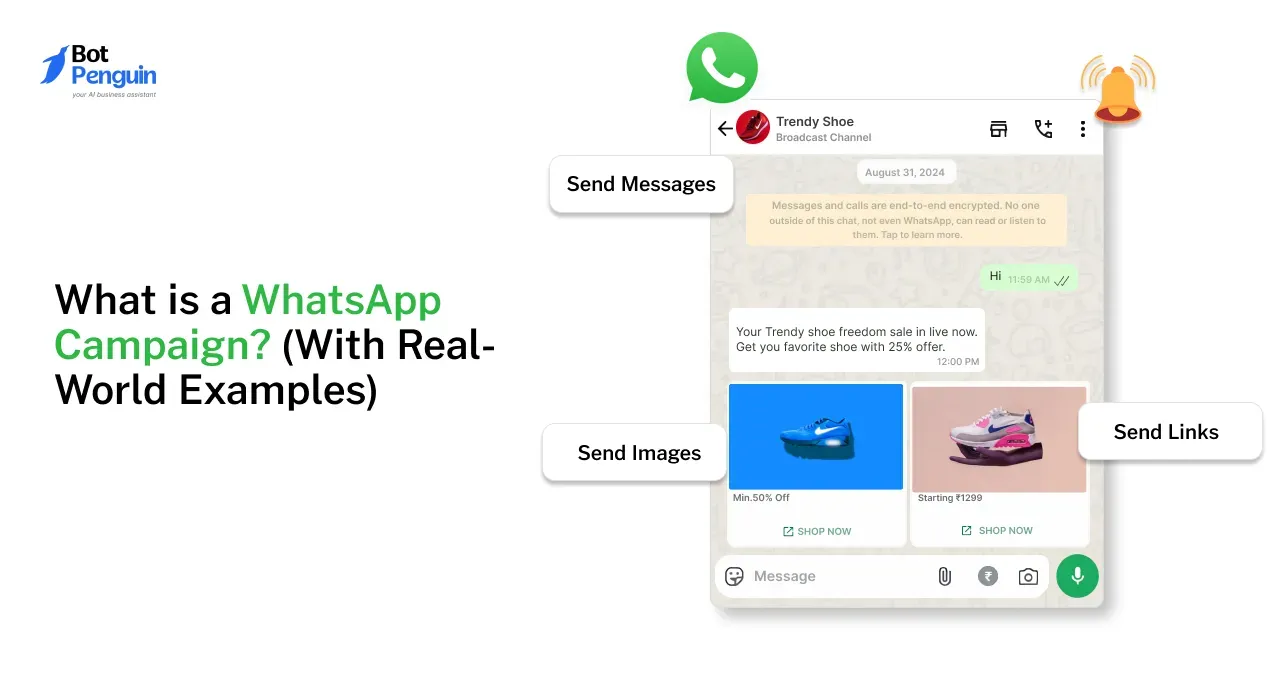Want to maximize the impact of your email campaigns and drive more sales? Understanding conversion rates is key.
As an email marketer, have you ever thought about how effectively your messages are motivating subscribers to take action? Measuring conversion rates provides valuable insights into optimizing your email strategy.
So, we are here to help you as this blog will cover everything you need to know about conversion rates - from calculating them accurately to analyzing the factors influencing success.
Discover proven techniques to boost conversions, like crafting compelling subject lines and content. Learn strategies to engage subscribers with personalized messaging and targeted lists.
Explore best practices for testing and improving your approach using analytics.
You can refine your email campaigns for maximum results by understanding conversion rates.
So what are you waiting for? Start optimizing your email marketing and taking your business to new heights.
Let's start knowing with what conversion rates in email marketing.
What are Conversion rates in Email Marketing?
Conversion rates in email marketing reflect the percentage of recipients who take the desired action, such as making a purchase, signing up for a webinar, or downloading a resource.
They strongly indicate how effective your email campaigns are in driving engagement and motivating subscribers to take action.
Let us see one by one some of the key things about conversion rate in email marketing, like what is a good conversion rate for email marketing, how to calculate conversion rate, etc…
What is a good conversion rate for email marketing?
The ideal conversion rate varies based on the industry, target audience, and campaign goals.
While there isn't a universally defined benchmark, the average conversion rate for email marketing typically ranges between 2% and 5%.
However, aiming for even higher conversion rates is always preferable to maximize the impact of your email campaigns.
How are conversion rates calculated?
Conversion rate calculations are simple to do.
Divide the number of subscribers who successfully carried out the intended action (such as making a purchase) by the total number of emails delivered, then multiply the result by 100 to get the conversion rate.
For instance, your conversion rate would be 10% if 100 of 1,000 distributed emails resulted in conversions.
Role of conversion rates in measuring email campaign success
Conversion rates are critical in determining the efficacy of your email advertising.
They offer valuable insights into subscriber behavior and aid in evaluating the overall efficacy of your email marketing activities.
By measuring conversion rates, you can determine which initiatives are successful and which need to be improved.
Now, there are various factors that contribute to the success of your email marketing campaigns and impact conversion rates. Let's explore some of the key influencers in driving conversions.
Factors Influencing Conversion Rates
Want to see the factors for your email marketing success but not sure where to start? Knowing conversion rates is key.
This section will show you proven strategies to engage subscribers and increase sales.
Read on to discover how optimizing each element of your email campaign can significantly impact results.
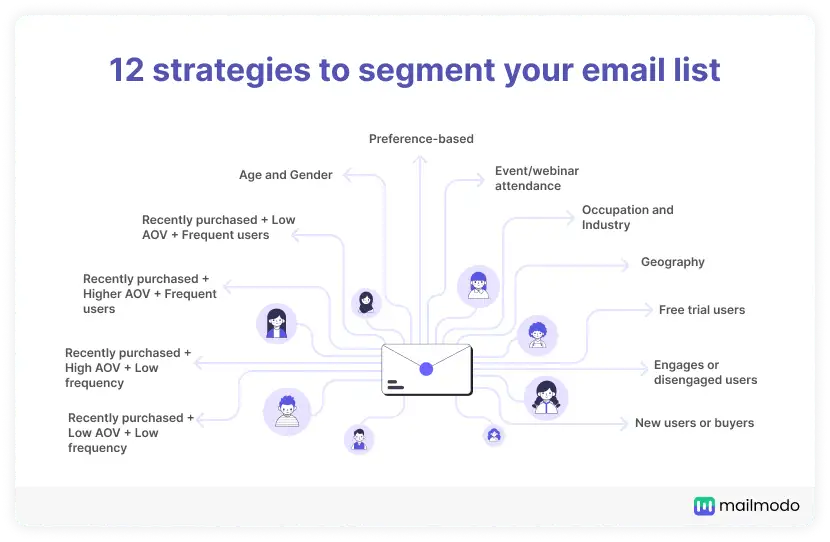
Emphasize the importance of targeted email lists.
Having a targeted email list is essential for increasing conversion rates. When your emails reach the right people genuinely interested in your products or services, the likelihood of conversions significantly improves.
Building an engaged subscriber base that aligns with your business niche ensures you're reaching individuals who are more likely to take action.
Highlight the impact of email subject lines on open rates and conversions.
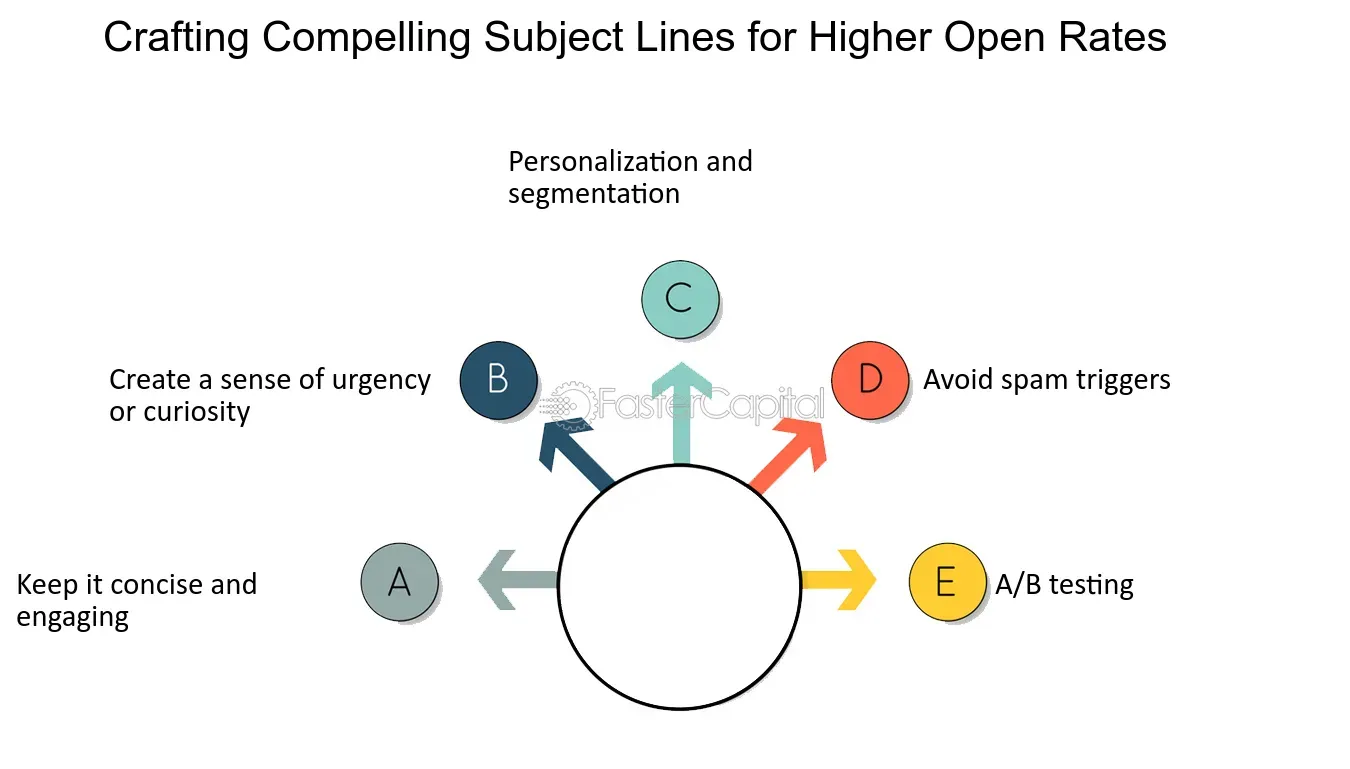
Subject lines are the gatekeepers to your email content. They play a vital role in grabbing the attention of your subscribers and enticing them to open the email.
Crafting compelling and curiosity-inducing subject lines can boost open rates, increasing the chances of conversions.
A witty, personalized, or intriguing subject line could differentiate between your email being opened or sent straight to the trash folder.
Role of compelling email content in driving conversions
When it comes to turning subscribers into customers, the content of your email has an enormous impact. It should be engaging, relevant, and focused on providing value.
A well-crafted email with a persuasive narrative, appealing visuals, and a clear call-to-action (CTA) can motivate recipients to take action and increase conversion rates.
Significance of personalized emails in increasing conversion rates
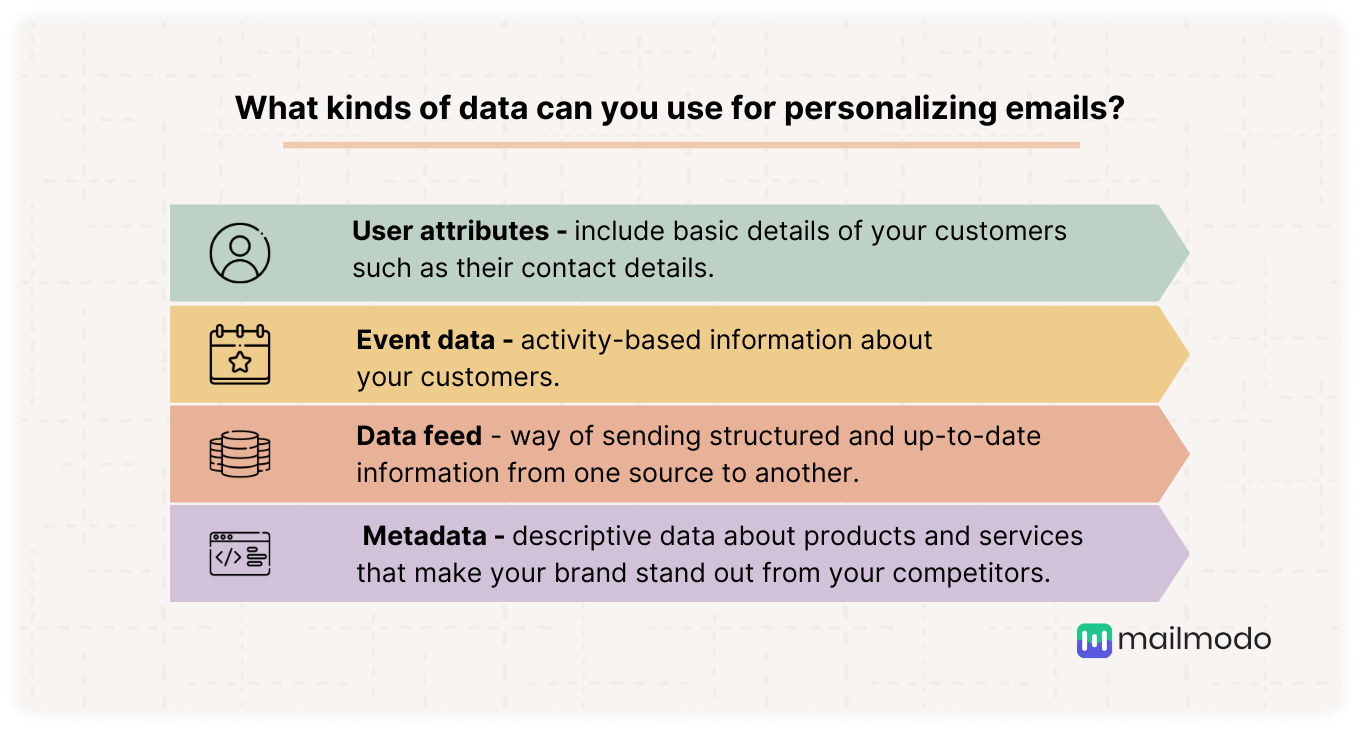
Personalization is the secret sauce that can significantly impact your conversion rates. When subscribers feel a sense of individual attention, they are more likely to engage and convert.
Using subscriber data to personalize emails with relevant recommendations, personalized offers, or tailored messages, you can create a connection that fosters trust and boosts conversions.
Remember, every element of your email, from the subject line to the content, plays a role in influencing your conversion rates. Strive for creativity and authenticity to capture your subscribers' attention and drive them towards your desired action.
Now, after looking for the factors, there are a few strategies to improve your conversion rate.
Strategies to Improve Conversion Rates
As a marketer, you know that the ultimate goal is to convert your prospects into customers. But how can you achieve that goal?
Here are a few strategies that can help improve your conversion rates:
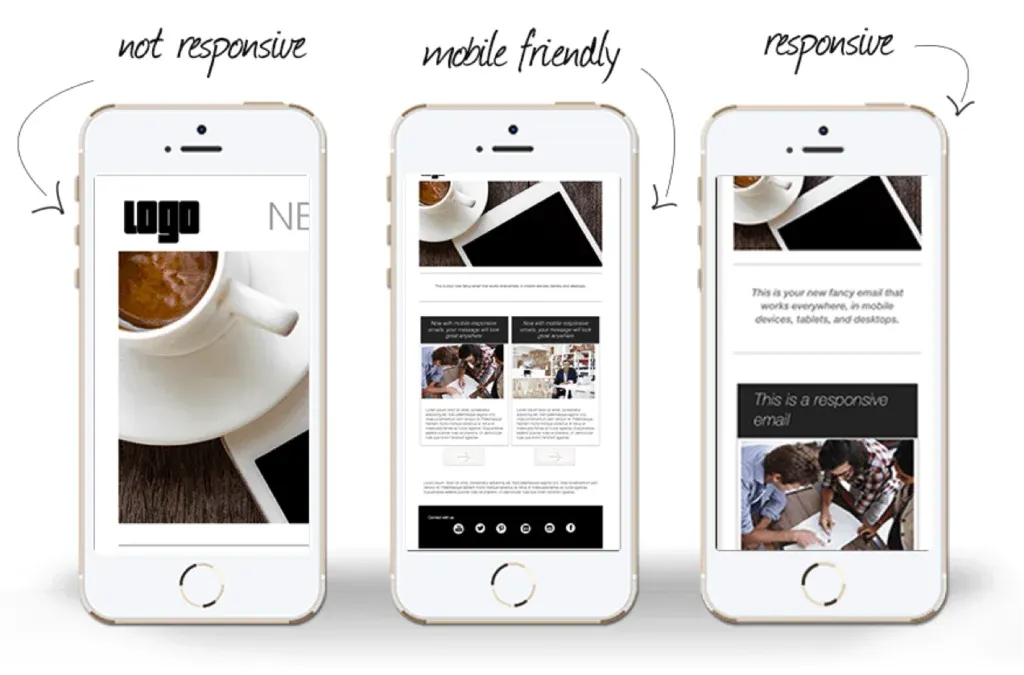
Creating Engaging and Relevant Email Content
The content reigns supreme in email marketing. Your emails should be interesting and pertinent to your intended audience. Your messaging should be targeted to meet their pain areas and solve their problems.
The goal of your email content should be to establish a relationship with your readers. This may be accomplished by offering useful knowledge, producing interesting material, and being genuine.
Optimizing Email Design for Better Conversions
Email design plays a vital role in improving conversion rates. You should focus on creating visually appealing, easy-to-read, and navigate emails.
Avoid using complex designs that can distract your readers from your main message. Ensure your emails are optimized for all devices, including smartphones and tablets.
Suggested Reading:
A/B Testing to Improve Conversion Rates
A/B testing is a great way to improve your conversion rates. A/B testing involves creating two variants of your email and testing them against each other.
This can help you determine which variant performs better and what changes you can make to improve conversion rates.
You can experiment with different email subject lines, content, and CTA buttons.
Using Relevant Call-to-Action (CTA) Buttons
A call-to-action (CTA) button is critical in converting your prospects into customers. The CTA button should be clear, concise, and relevant to your message.
Ensure your CTA button is prominently displayed and positioned where readers can easily find it.
After looking for the strategies to improve conversion rate, its time to see how to track and analyze it.
Tracking and Analyzing Conversion Rates
Any data should be tracked and analyze so as conversion rates, it must be tracked and analyzed to understand your audience better and improve your marketing efforts.
Here are a few pointers to help you efficiently measure and evaluate conversion rates:
Track and Monitor Conversion Rates Effectively
You need to have a plan to track and monitor conversion rates effectively. Start by defining your conversion goals, such as newsletter sign-ups, webinar registrations, or product purchases.
This will help you determine the metrics to track. Use reliable tracking tools like Google Analytics to track your conversion rates.
Analyze Conversion Rate Data
Once you have collected data on your conversion rates, it's time to analyze it. Look for patterns, trends, and insights to help you understand your customer's behavior.
Determine which pages have the best conversion rates and which have the lowest conversion rates.
This might aid in improving your marketing efforts and optimizing your website for improved conversions.
Use Analytics Tools for Gathering Insights
Analytics technologies like Google Analytics and Adobe Analytics, along with Piwik, provide marketers with precise information about the performance of their websites.
These tools offer useful information on page visits, user activity, engagement, and conversion rates. You may boost conversion rates by incorporating analytics tools into your marketing approach.
Now, We need to Measure Email Campaign Success Beyond Conversion Rates, let us see how?
Suggested Reading:
Measuring Email Campaign Success Beyond Conversion Rates
In email marketing, conversion rates are often seen as the ultimate measure of success. However, other important metrics can provide valuable insights into the effectiveness of your email campaigns.
Let's dive into these metrics and explore their significance.
Introducing Other Metrics that Complement Conversion Rates
While conversion rates are important, they don't tell the whole story. Considering other metrics that complement conversion rates and provide a broader view of your email campaign's success is essential.
These metrics include click-through rates (CTR) and engagement rates.
The Importance of Measuring Click-Through Rates (CTR) and Engagement Rates
The percentage of recipients who click on the links in your emails is measured by click-through rates (CTR). It shows how interested and engaged your audience is with your material. A high
CTR indicates that your emails are engaging and eliciting action.
You can evaluate which email components and methods are engaging with your audience by monitoring CTR, allowing you to modify and optimize future campaigns.
Engagement rates measure how actively your subscribers interact with your emails. This can include opening the email, replying, forwarding, or marking it as spam.
Tracking engagement rates provides insights into the overall effectiveness of your email campaigns in capturing and retaining your audience's attention.
It helps you understand what content or offers resonate with your subscribers and what may need improvement.
The Significance of Tracking Revenue and Return on Investment (ROI)
While engagement indicators are crucial, the ultimate aim of any marketing endeavor is to increase revenue and produce a good return on investment (ROI).
Tracking income from email marketing enables you to assess the financial effect of your efforts.
You can refine your plans and manage resources more effectively if you know which campaigns or segments generate the most money.
Return on investment (ROI) is an important indicator for determining the profitability of your email advertising. It calculates the ratio of resources invested to revenue earned.
Keeping track of ROI allows you to evaluate the overall efficacy of your email marketing activities and make data-driven decisions to optimize profitability.
Here are some tips on the best times to send marketing emails:
Let us see some tips on the best times to send marketing emails.
Early Morning
Many experts recommend the best time to send marketing emails is early in the morning, before most people start their workday. Around 7-9 AM tends to be an optimal window when people are checking emails over breakfast or coffee.
Open and click-through rates tend to be higher earlier in the day.
Mid-Morning
Another best time to send marketing emails is mid-morning, around 10-11 AM. People are settled into their day and may be more attentive at this time. Avoid the lunch hour when people are away from their desks.
After-Work Hours
Another best time to send marketing emails is early in the evening, when people are winding down from their workday can also be effective. Around 5-7 PM catches people checking emails before dinner or evening activities. Open rates peak around 6 PM.
Suggested Reading:
Conclusion
This blog taught us how measuring and analyzing conversion rates can optimize your email marketing strategy.
Applying techniques like A/B testing and tracking additional metrics provides valuable insights. With the right approach, you can boost engagement and sales.
Remember - targeted lists, compelling subject lines, and calls to action are vital. Ensure your content resonates and solves problems.
Continually refine your process using analytics for maximum impact. Most importantly, make data-driven decisions to continuously elevate your conversions.
Use the strategies shared to take your email performance to new heights. Start optimizing today for improved results tomorrow.
Wishing you all the best of luck in your email marketing journey!
Frequently Asked Questions (FAQs)
Does email marketing increase conversion rate?
Yes, effective email marketing campaigns tailored to target audiences can significantly increase conversion rates by driving customer engagement, promoting brand awareness, and facilitating direct interactions that lead to desired actions, such as making a purchase or signing up for a service.
What is a good conversion rate for email signup?
A good conversion rate for email signups typically ranges between 2% to 5%, although this can vary depending on industry, target audience, and the effectiveness of the signup process and incentive offerings provided by businesses to entice potential subscribers.
What is the conversion rate for B2B email?
The conversion rate for B2B (Business-to-Business) email marketing campaigns can vary widely, but an average conversion rate in this sector typically ranges from 1% to 5%, influenced by factors such as the quality of leads, the relevance of content, and the strength of the call-to-action strategies implemented.
How can personalized content improve email marketing conversion rates?
Personalized content tailored to recipients' preferences, behaviors, and demographics can create a more engaging and relevant experience, leading to higher open rates, increased click-through rates, and improved conversion rates in email marketing campaigns.

